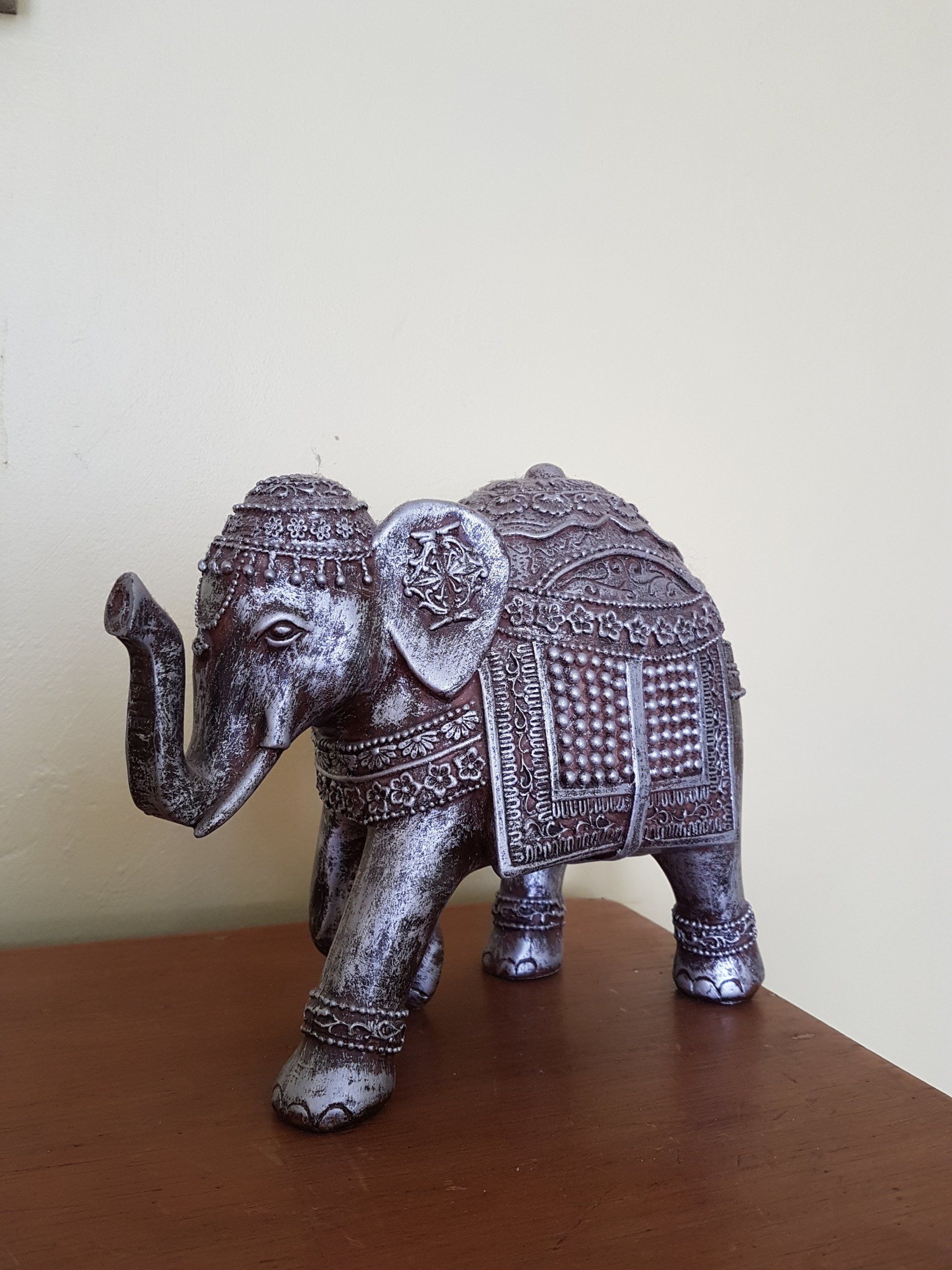Transactional Analysis
Transactional Analysis
Pour plus d'informations, téléphonez au ( 44) 08454670612 ou ( 44) 07593809574 ou envoyez-nous un e-mail
Transactional analysis , also known as TA, is a widely recognised form of modern psychology, and one of the most accessible theories of psychology at that. In simple terms, TA is designed to promote personal growth and change. It is considered a fundamental therapy for well-being and for helping individuals to reach their full potential in all aspects of life.
TA Theory
TA Theory
Founded by Eric Berne in the late 1950s, TA therapy is based on the theory that each person has three ego-states: parent, adult and child. These are used along with other key transactional analysis concepts, tools and models to analyse how individuals communicate and to identify what interaction is needed for a better outcome.
Throughout therapy, the TA therapist will work directly on problem-solving behaviours, whilst helping clients to develop day-to-day tools for finding constructive, creative solutions. The ultimate goal is to ensure clients regain absolute autonomy over their lives. Eric Berne defines this autonomy as the recovery of three vital human capacities - spontaneity, awareness and intimacy.
Comment fonctionne TA?
L'analyse transactionnelle est une thérapie parlante et les séances sont conçues pour explorer la personnalité d'un individu et comment celle-ci a été façonnée par l'expérience - en particulier celles issues de l'enfance. Cet objectif est atteint grâce à un questionnement habile et à l'utilisation de divers modèles, techniques et outils. En counseling, la thérapie TA est très polyvalente, car elle peut être utilisée dans un large éventail de domaines et incorpore des thèmes clés centrés sur la personne, humanistes, intégratifs et psychodynamiques. L'atmosphère qui soutient l'analyse transactionnelle est sans jugement, sécurisée et respectueuse, garantissant qu'une relation positive est forgée entre le thérapeute et le (s) client (s) afin de fournir un modèle pour les relations et la communication ultérieures qui sont développées en dehors de la thérapie. Dans ce cadre, le thérapeute travaille en collaboration avec l'individu. Ensemble, ils identifieront ce qui a mal tourné dans la communication du client et leur offriront des opportunités de changer les schémas répétitifs qui limitent leur potentiel.














